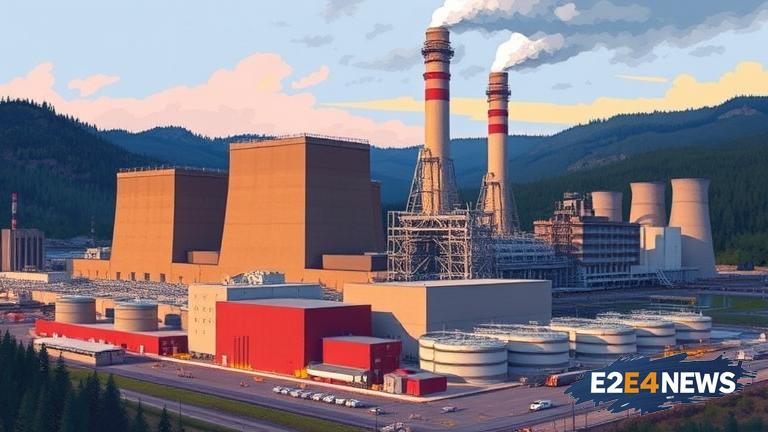The Mill Creek coal plant, operated by Louisville Gas and Electric (LG&E), has been a major source of electricity for the region. Initially, the plant was slated for closure, but recent developments have led to an extension of its operational lifespan. This decision has been met with a mix of reactions from local residents, environmental groups, and industry stakeholders. On one hand, the continued operation of the plant ensures a stable supply of electricity for the region, which is crucial for both residential and commercial needs. On the other hand, the plant’s reliance on coal as a fuel source raises concerns about environmental impact and air quality. The extension of the plant’s operations is expected to have significant implications for the local economy, with potential job creation and retention in the energy sector. However, it also poses challenges for the region’s efforts to transition to cleaner, more sustainable energy sources. The decision to extend the plant’s operations has been influenced by various factors, including changes in energy demand, advancements in technology, and shifting regulatory landscapes. As the energy landscape continues to evolve, the Mill Creek coal plant’s extended operations will be closely monitored by stakeholders. The plant’s performance will be evaluated in terms of its environmental footprint, economic viability, and contribution to the regional energy mix. In the context of Kentucky’s energy policy, the extension of the Mill Creek coal plant’s operations reflects the state’s ongoing reliance on fossil fuels. Nevertheless, there are also initiatives underway to promote renewable energy and reduce greenhouse gas emissions. The interplay between these competing priorities will shape the future of the energy sector in Kentucky and beyond. The Mill Creek coal plant’s story serves as a microcosm for the broader challenges and opportunities facing the energy industry. As the world transitions towards a low-carbon economy, the role of coal-fired power plants like Mill Creek will continue to be debated. In conclusion, the extension of the Mill Creek coal plant’s operations for four more years marks a significant development in the region’s energy landscape. While it presents both benefits and drawbacks, it ultimately underscores the complexity of balancing economic, environmental, and energy security considerations. The path forward will require careful navigation of these competing interests, with a focus on creating a sustainable and resilient energy system for the future. Furthermore, the decision highlights the need for ongoing investment in clean energy technologies and infrastructure. By embracing innovation and diversifying the energy mix, regions like Louisville can reduce their dependence on fossil fuels and mitigate the environmental impacts associated with coal-fired power generation. Ultimately, the fate of the Mill Creek coal plant will be determined by a combination of market forces, regulatory frameworks, and societal preferences. As the energy transition gains momentum, it is essential to prioritize transparency, accountability, and community engagement in decision-making processes related to energy infrastructure and policy. The Mill Creek coal plant’s extended operations serve as a reminder that the energy sector is inherently dynamic, with constant shifts in technology, policy, and public perception. In response, stakeholders must remain adaptable and committed to finding solutions that balance competing priorities and promote a sustainable energy future. The plant’s continued operation also underscores the importance of monitoring and addressing environmental concerns, such as air and water pollution, which are often associated with coal-fired power generation. By acknowledging these challenges and working towards mitigating them, the region can minimize the negative impacts of the plant’s extended operations. In the years ahead, the Mill Creek coal plant will remain a focal point for discussions about energy policy, environmental sustainability, and economic development in Kentucky. As such, it is crucial to maintain an open and informed dialogue among stakeholders, ensuring that the plant’s operations are aligned with the region’s long-term goals and values. The extension of the plant’s operations for four more years provides a critical window of opportunity for stakeholders to reassess priorities, invest in clean energy solutions, and forge a more sustainable path forward for the region’s energy sector.
